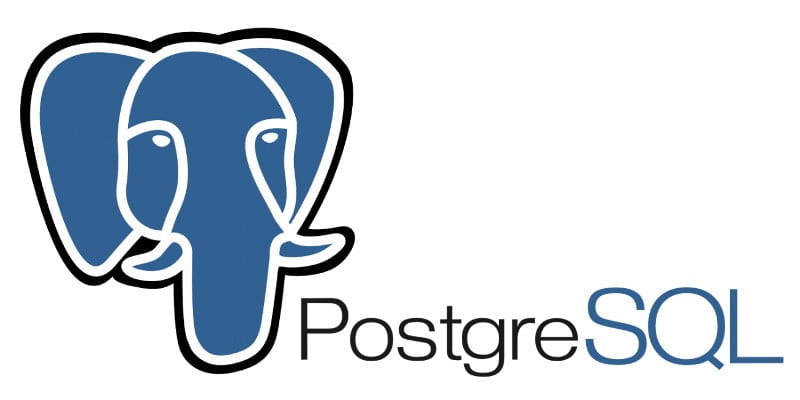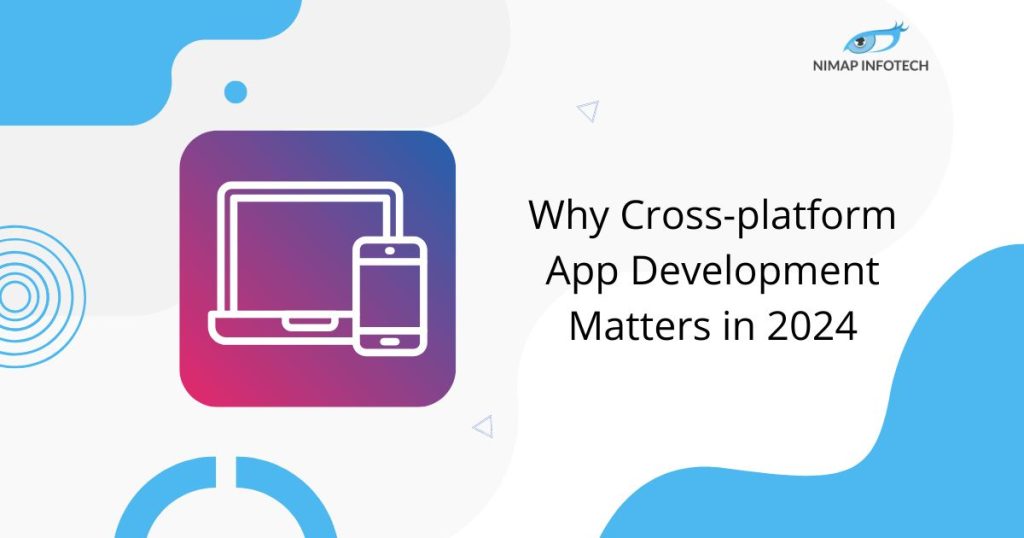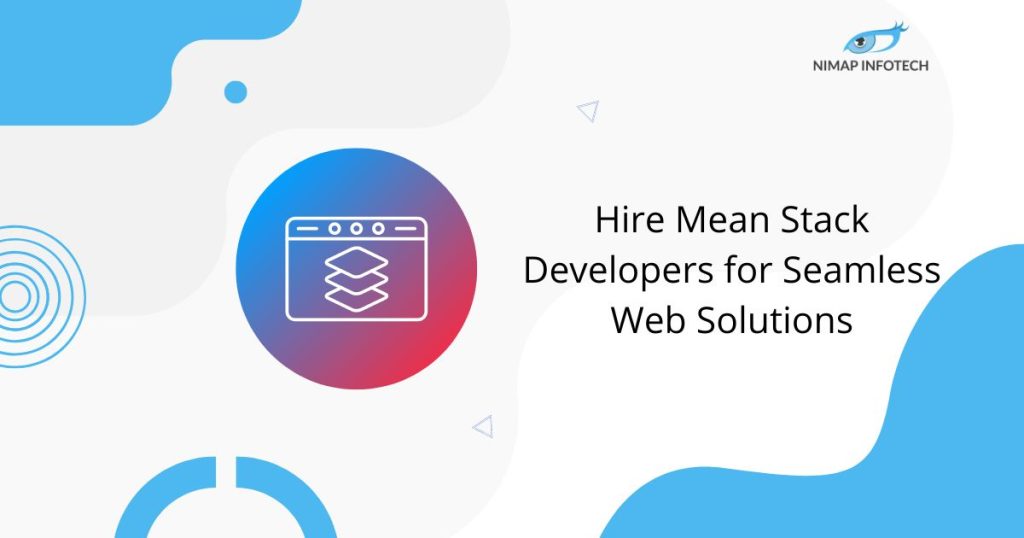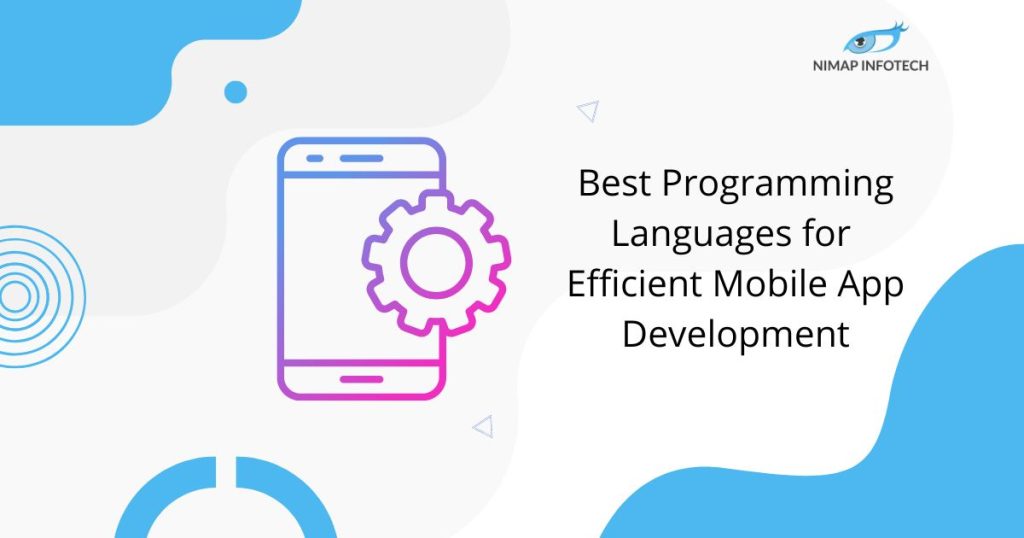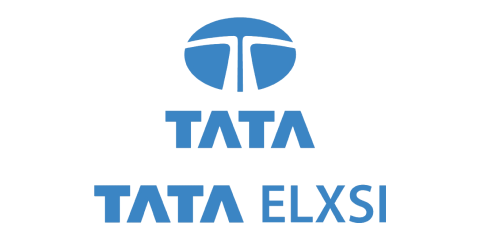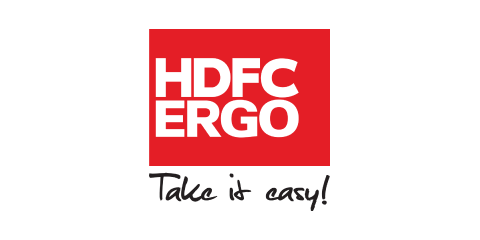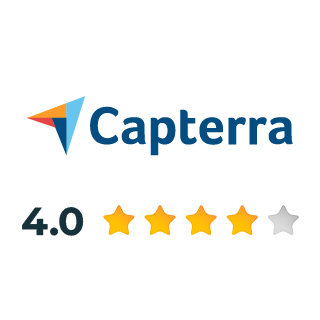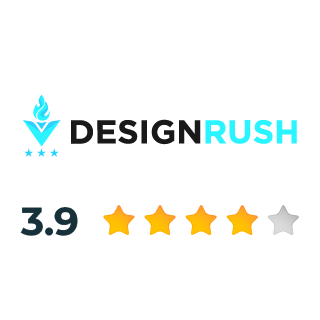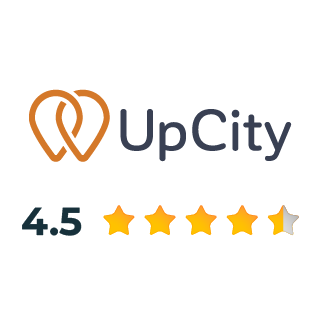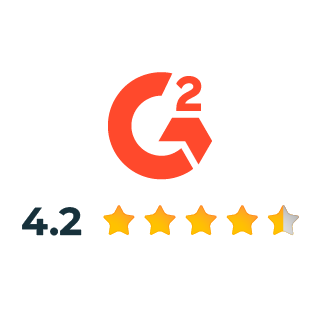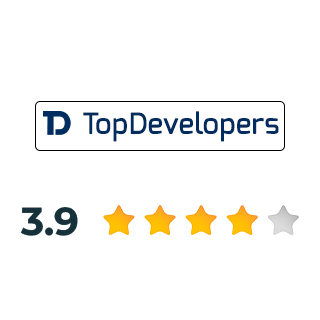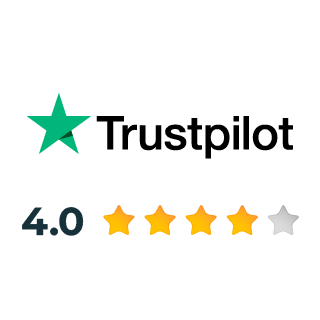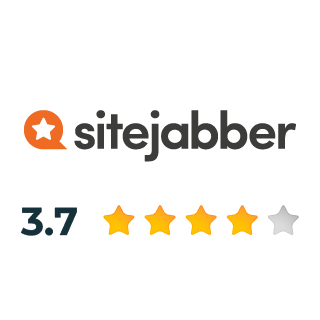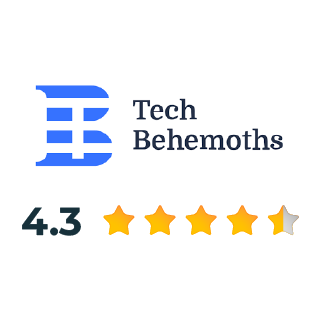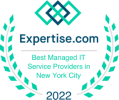Introduction:
PostgreSQL database is an open source, object-oriented database management system that uses and extends the SQL language. It is loaded with features that help us manage complicated datasets.
We can interact with the PostgreSQL Database by GUI(Graphical User Interface)which is the web-based administration tool called pgAdmin.pgAdmin is the most popular and feature-rich open source administration and development platform for PostgreSQL.
History:
PostgreSQL is originally developed by the Database Research Group in 1986, as ‘POSTGRES PROJECT’ at the University of California at Berkeley.
Why makes PostgreSQL different?
PostgreSQL satisfies more mandatory features than any other SQL database engine.
- Robustness: PostgreSQL is robust, high-quality software and supported by automated testing for both features and concurrency.
- Ease of use: PostgreSQL is Clear, full and accurate documentation exists as a result of a development process where doc changes required.
- Security: To access the PostgreSQL is controllable via host-based access rules. A full-featured cryptographic function library for every database users.
- Extensibility: PostgreSQL is designed to be highly extensible. Database extensions can be loaded easily using CREATE EXTENSION, which automates the version checks, dependencies, and other aspects of configuration.
Many extensions are available for PostgreSQL, including the PostGIS extension that provides world-class Geographical Information System(GIS) features. - Scalability: PostgreSQL 9.6 scales well on a single node up to 4 CPU sockets. PostgreSQL scales well up to hundreds of active sessions, up to thousands of connected sessions when using a session pool. Further scalability is achieved in each annual release.
PostgreSQL has the ability to provides multi-node read scalability using the Hot Standby feature. Multi-node scalability is under active development.
Benefits:
PostgreSQL Database is open source meaning that you have a permissive license to install and distribute PostgreSQL without paying anyone, any fees.
PostgreSQL is portable that means available on a wide range of platforms because it is written on ANSIC. As a result of it available for different platforms and reliable.
PostgreSQL is also available as hosted or cloud solutions from a variety of companies like Apple, Fujitsu, Red Hat, Cisco, Juniper Network etc., since it runs very well in the cloud environment.
PostgreSQL is highly extensible, you can add your own datatypes, operators, index types and functional languages.
PostgreSQL supports many kinds of data models
Primitives: Integer, Numeric, String, Boolean
Ststoreed: Date/Time, Array, Range, UUID
Document: JSON/JSONB, XML, Key-value
(key/value stores are supported using the hstore engine)
Geometry: Point, Line, Circle, Polygon
Network Address: IPV4 and IPV6
One of the best cloud service Amazon Web Service(AWS), it used PostgreSQL for database Storage. AWS has more recently that PostgreSQL is their fastest growing service.
In the early days, when PostgreSQL was still a research database, the focus was slowly on the cool features. Over the last 20 years, enormous amounts of code have been written and improved, giving us the largest software servers available for operational use.
Conclusion:
PostgreSQL is an amazing database, going to say that PostgreSQL has become the preferred open source and a relational database for many enterprise developers and start-ups, powering leading geospatial and mobile applications.
As stated my Hypothesis, I feel that PostgreSQL is one of the world’s most advanced open source database system.
TO Hire PostgreSQL Developer Contact Us
Posted By
Swapna G,
Java Developer.
[/vc_column_text][/vc_column][/vc_row]
